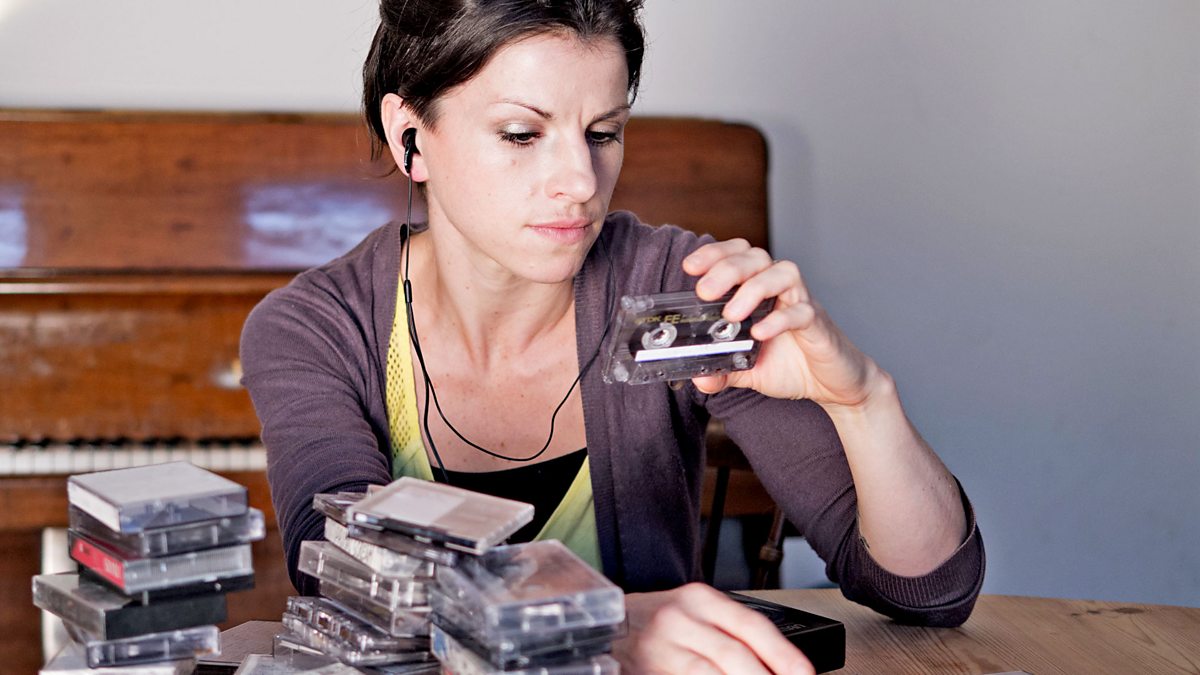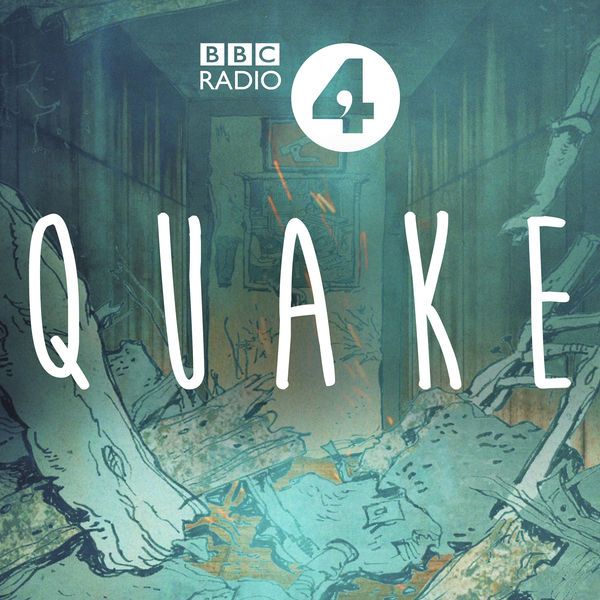This blog post is about my experience with calling contributors for my factual content delivery module project music video and how my experiences went.
Day 1 – I have chosen to create for my factual project, a story telling music video for the song ‘Leave a Light On” by Tom Walker. I have researched interviews and articles, and I have learned that this song is based around “a strong story of loyalty, forgiveness and compassion.” And “quite transparently encapsulates the isolation and distance between Tom and the friend he’s reaching out to in this emotional plea” (Rarr, V, 2017).The current music video for the song involves a young man being stranded on a boat, possibly reflecting his isolation and distance. Therefore, I have decided to create a story based around a relationship between a boy who stands by his girlfriend, the love of his life, during her drug addiction and abuse.

Day 2 – I have started researching possible actors for my music video, mainly performance students at university and young, early career models. These people that I am looking to use will need to have a certain edgy look to go with the indie style of music and would also need to be cast well as the characters. I have found numerous names of possible people and will now need to start contacting these. I will start by calling each of them and will make sure to say:
- Who I am, what I do and what I am planning on producing.
- I will ask whether they would be interested in being a part of this project.
- What their schedule is like and when they will be free.
- How far away they are from me and whether I would need to travel to them.
Day 3 – I have contacted 3 possible actresses for the video.
The first girl I contacted was a performance student at this university. As this was my first call, I was extremely nervous and closed off during the call and forgot to ask her a few of the important questions I had planned on asking. The girl wouldn’t have been able to be involved in the project never the less, as she had a tight schedule which didn’t fit around mine. This call gave me much more confidence in calling contributors, as she was very polite and friendly during the call and made me much more comfortable.
The second girl which I contacted was a semi professional model in Manchester, although I was much more confident when it came to calling her, she wasn’t as polite and friendly as the first girl which was much harder to communicate. After I explained who I was and what my project was about, she immediately said she wasn’t interested in unpaid work. This helped me realise that people who do this for a living were less likely to be interested in doing a student project – meaning I started to look for younger girls who may benefit from the project just as I would. I also learned that I would need to ask the girl whether they had time to talk first before I start explaining what my intentions were.
The third girl I contacted was a performance student again, who did modelling on the side. The only issue I had with the girl was that she was an hour drive away from me. When I first contacted her she wasn’t available to talk and asked if I could call her back the next day.
Day 4 – Today I contacted the third girl on my list again by phone. I explained what my project was about, what I was planning on doing, how this would benefit her and she seemed very interested. Her schedule was very flexible however as already mentioned, she lives a while away from me and would require me to travel a while – I did not mind this as she was the first contributor who was available. I have planned to contact her again in a few weeks as soon as I have found a male counterpart for the video and can organise a date to shoot. She has given me an email address and her university timetable to help me organise a date and time.
This experience has given me a lot more confidence talking over the phone with possible contributors. Despite me still being very nervous and reluctant over the phone, I now have the confidence to make the initial call and to just bite the bullet and contact people. Some contributors were extremely rude but I now understand that you have to contact the wrong people to get the right people.
References
Rarr;, V. (2017). Tom Walker releases Leave A Light On | IndieCentralMusic. [online] IndieCentralMusic. Available at: http://indiecentralmusic.com/2017/10/23/tom-walker-releases-leave-a-light-on/








